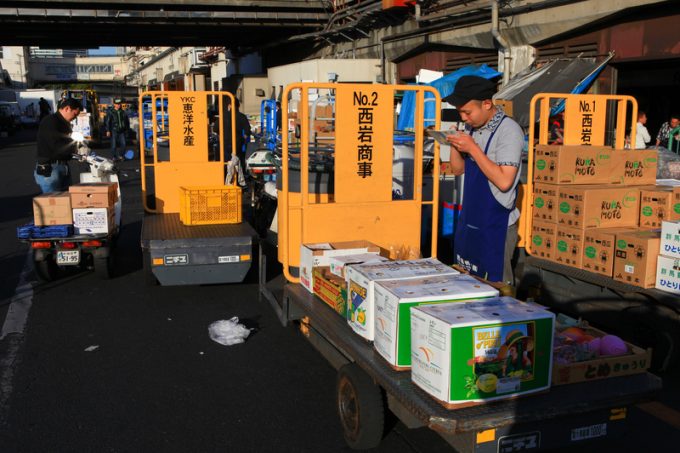DHL Global Forwarding misses profit expectations, despite strong Q4
DHL Global Forwarding this week revealed that last year’s performance by the division had been ...

Tapping into a growing appetite for Japanese seafood exports, DHL Global Forwarding has opened a wholly-owned office in the city of Sapporo.
Capital of the mountainous island of Hokkaido, northern Japan’s largest food producing region, Sapporo’s premium seafood such as fresh scallops, oysters and prawns are ...
Bad news for shippers as wave of transpacific rate increases continues
No deals with carriers, say Houthis – Red Sea safe for non Israel-affiliated ships
Rapid transpacific capacity build-up continues – can USWC ports handle it?
Schenker's Shirley Sharma Paterson moves to K+N as global head of sales
Red Sea crisis has driven most new capacity into extended Asia-Europe trades
Carriers on the hunt for open tonnage again as transpacific rates soar
Dates to watch for in the latest chapter of TACO's tariff travail
Crew forced to abandon ship in latest fire on vessel carrying EVs

Comment on this article